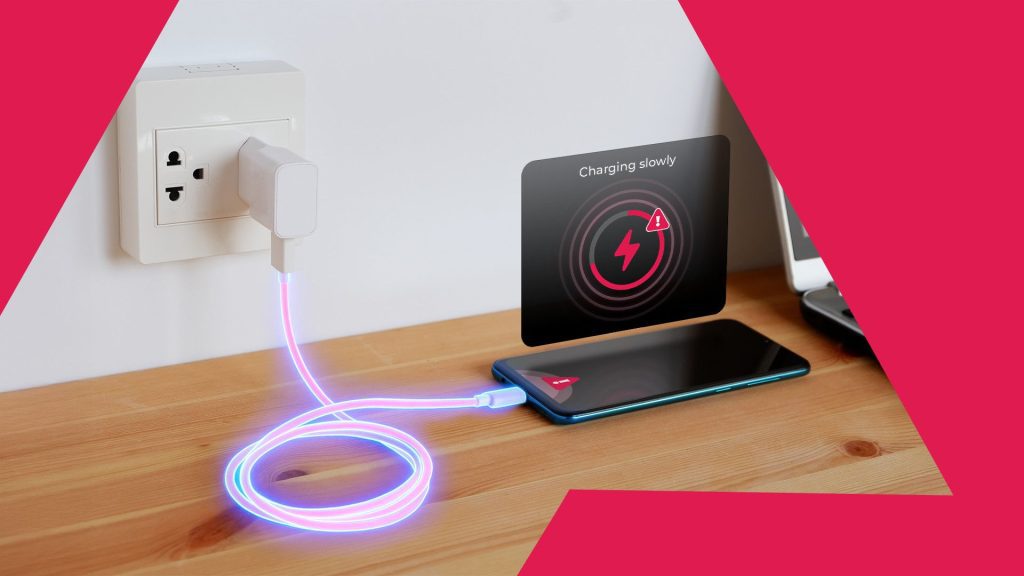At home and in my workshop, I have over a dozen USB cables. Some were included with devices like phones, while others are third-party cables purchased for their unique features, such as a Baseus cable that includes a built-in power display, noted in our list of top USB-C cables.
Until last week, my go-to cable was a 6-foot (2-meter) USB-C cable from Anker. Its extra length allowed for convenient charging, letting me comfortably play games while my phone was plugged in. It was also powerful enough to charge my laptop.
However, I recently realized that my phone wasn’t charging as rapidly as it could. The issue wasn’t with the charger or any phone settings; it turned out my favored USB-C cable was slower than I had believed.
How Can a Cable Affect Charging Speed?
Not All Cables Are Equal, Even When Specs Suggest Otherwise
The charging rate of a phone relies on both the power adapter and the device itself, but the cable also plays a critical role and can become an unnoticed bottleneck. This can occur even with high-quality chargers.
The issue arises from the inherent resistance of USB connectors and the conductors within the cable, which can lead to power losses as electricity travels. This loss manifests as heat rather than contributing to charging your phone.
- Cable Length: Longer cables have higher resistance, leading to more power loss.
- Conductor Thickness: Thicker wires have lower resistance, allowing them to carry power more efficiently.
- Material Type and Quality: Copper is a superior conductor compared to aluminum but comes at a higher cost.
The USB Type-C specifications do not enforce strict parameters regarding these characteristics, leaving manufacturers to decide the best materials and specifications, resulting in performance discrepancies between cables that may look identical.



